Flowers
Autumn is the right time to plant flower corms and enjoy the bright colors of the garden in April and May.
Crocus or saffron
This primrose pleases with its rich color and looks great in rock gardens, around trees and in flower beds.
- In order for the flower to take root, it is necessary to choose the optimal planting time - 3-4 weeks before the start of frost.
- Plant should be healthy bulbs with dry scales, dents and signs of mold.
- The site for planting crocus should be well lit by the sun, and the soil should be sandy loam or loamy, moderately moist: from excess water, the planting material can rot.
The soil should be fertile, loose and moist.
- Before planting, the saffron bulbs should be soaked in a fungicide solution - this will serve as an excellent prevention of diseases.
- Pour small handfuls of sand into the holes to prevent waterlogging.
- It is recommended to plant crocuses at a distance of 4 cm from each other and at a depth of 3 bulb heights.
- After the procedure, the land should be mulched.
Daffodils
This is a delicate, touching flower loved by many gardeners.
- The bulbs are planted in the soil in the first half of September to a depth of about 15 cm.
- Daffodils love slightly elevated areas, without stagnant melt water.
- They do not tolerate abundant sun and wind, therefore, near-trunk areas are considered an ideal place.
- The soil should be loamy, as sandy does not provide daffodils with enough nutrients.
- Three months before planting, humus or manure can be added to the ground.
- It is important to use a balanced fertilizer with a higher phosphorus and potassium content than nitrogen before planting.
Most varieties of daffodils do not tolerate severe frosts, so plantings must be covered with dry foliage, straw or spruce branches.
Aster
Sowing multi-colored beauties before winter allows you to get a lush blooming flower bed two weeks earlier than usual. Asters should be sown in late autumn when frost hits and the ground is crusty.
The bed must be prepared in advance, preventing fungal infection - fusarium. To do this, change the sowing site every year, and before planting, warm the soil with a fire and distribute the resulting ash along the furrows.
To powder the seeds, you need to set aside the earth in advance and put it in a warm room. Next, you should make shallow grooves at a distance of 10 cm from each other, evenly distribute the seeds and sprinkle with loose soil.
Calendula
This sun plant is unpretentious and grows anywhere, so an inexperienced gardener can handle the cultivation.
- So that the seedlings do not germinate ahead of time and do not die from frost, it is necessary to plant marigold seeds in November, when the average daily temperature is about 0 degrees.
- The flowerbed is prepared in advance - a plot of land must be dug up with humus and fertilizer from potassium sulfate and superphosphate.
- Calendula loves sunlight, but does not tolerate drought.
To make the landing simple, the grooves should be formed before the onset of cold weather and covered with a film, protecting them from destruction.
There is no need to cook the seeds - in the fall they are planted abundantly, simply sprinkling them with reserves of warm earth, and, if desired, mulching.
Aquilegia
It is also called "catchment" and is appreciated by flower growers for its beauty and unpretentiousness.
- Before winter, aquilegia is planted on a temporary bed, and in spring the seedlings are planted in flower beds.
- Loves light shade.
- Depending on the region, seeds are sown in October or November.
- To do this, prepare a bed by digging it up with compost or humus.
- You can make grooves or simply scatter the aquilegia seeds by lightly sprinkling with earth and covering with mulch before freezing.
Attention: the first flowering of the catchment begins in a year.
Trees and shrubs
Autumn is a good time to plant new seedlings, as well as replant garden trees and shrubs that thrive in your climate.
Spruce
Experts recommend planting a spruce in late autumn with the onset of cold weather, when infection of the roots with rot is least likely.
- The tree grows best in a sunny area in acidic soil, forming a lush, uniform crown.
- Before planting, the earth is properly dug up.
- When choosing a spruce in a nursery, it is important to pay attention to its appearance: the root system should be intact, the earthy lump should be moist, and the needles should be shiny.
- Two hours before the procedure, the roots must be held in a bucket of water.
- The depth and width of the pit should be about a meter.
- A 15-centimeter drainage layer of rubble should be laid on the bottom, then a tree should be planted and filled with a mixture of turf, sand, peat and humus.
- Next, the tree needs to be watered with two buckets of water and mulched.
Thuja western
When planting thuja in the fall, it is important to observe the deadlines and transfer the tree to open ground 2-3 weeks before the first frost. The optimum daytime temperature should be 10-15 degrees.
We recommend buying thuja in specialized stores, choosing a seedling with a closed root system (that is, in a container) and about 3 years old. Its appearance should not be confused by the brown color of the needles and dried roots.
- Thuja western grows well in sunny, windless places.
- She does not tolerate excess moisture, the roots begin to rot.
- The planting hole should be twice the size of the earthen coma.
- If the soil is dense, drainage should be placed on the bottom.
- Then you should fill in any fertilizer suitable for conifers and fill it with water.
- Thuja is planted immediately after being removed from the pot.
- It is important to place the place where the trunk passes into the root 3 cm above the ground.
- Then you should form a near-trunk circle (an earthen roller about 15 cm high), water the thuja and mulch.
Raspberries
The bushes are planted a month before frost, so that in the spring the young raspberries will grow rapidly. After winter, the soil will be filled with moisture and nutrients.
- The land on the site should be moderately loose, three weeks before planting filled with humus or manure.
- The distance between the holes should be about 80 cm, the depth should be 30 cm.
- Saplings should be chosen with a well-developed root system.
- When planting, the roots must be carefully straightened, covered with fertile soil, watered abundantly and mulched with peat.
If the ground is sandy, the raspberries are planted in a trench. If the soil is heavy, the seedlings are placed in a bed raised by 20 cm.
Currant
In order for the bushes to take root before persistent cold weather, we recommend planting them from mid-September to the end of October.At this time, the seedlings take root better, as they retire, not wasting energy on the growth of leaves.
- For black currants, it is better to choose a slightly shaded place, and for red ones, a sunny one.
- The shrub loves loamy soil.
- Before planting, it is necessary to fertilize it with peat and superphosphate.
- In order for the roots to spread better, the seedling should be lowered at an angle of 45 degrees, gradually leveling the trunk.
- After planting, the shoots must be cut off, leaving 3 buds on the branches, water them abundantly and mulch.
Winter hardy apple tree
Young apple trees are best planted in September or October: at this time, the seedling has already gained strength, and its metabolism has slowed down. These are ideal conditions to withstand a transplant. An apple tree ready for relocation should have both large and small roots, without signs of disease and covered with a clod of earth. The distance between future trees should be about 5 meters.
It is better to purchase seedlings sold in pots with soil: as a rule, their root collar is at the same level with the ground, which has a positive effect on the growth of the tree.
Over the next year, a young apple tree should be regularly watered and fed with well-soluble mineral fertilizers, and cut off in the fall.
In the garden or greenhouse
When sowing vegetables and herbs, some nuances should also be observed. All beds must be dug up and fertilized in advance so that the earth is loose and nutritious. In the summer, you should prepare the soil for bedding by hiding it in bags in a warm place.
Carrot
Root crops of carrots planted before winter can be dug up in mid-June.
- To do this, it is important to choose a bed well lit by the sun so that the snow melts faster.
- Thanks to the abundantly moist soil, the roots are juicy and sweet.
- During loosening, mineral fertilizers must be applied to the ground.
Sowing should be done in Novemberso that the seeds do not have time to germinate before frost. They should not be soaked so that the seedlings do not appear ahead of time.
- The depth of the grooves should be no more than 2 cm.
- The planted seeds must be covered with warm soil, then covered with humus and slightly compacted.
- It is recommended to cover the fallen snow in the beds with spruce branches and remove it in the spring.
- In order for the carrot to grow faster, after the snow melts, it can be insulated with a film. Beets are planted in a similar way.
Garlic
This culture loves well-sunlit places.
- Two weeks before sowing, we recommend adding mineral and organic fertilizers (potassium, phosphorus, humus) to the soil.
- For fit, it is better to choose large teeth without defects. They are separated from the head, removing the bottom, and deepened by 4 cm.
- A distance of 20 cm is maintained between the rows.
- The beds are covered with a layer of peat, which is harvested in the spring.
Salad
To get healthy greens as early as possible, lettuce seeds can be planted in November. In October, the garden bed should be dug up, weeds removed and fertilized (humus, superphosphate) applied.
- Sand must be added to clay soil.
- The grooves should be shallow, it is recommended to cover them with foil and keep them until sowing.
- After planting, cover with prepared warmed earth or peat.
- Well-rooted in winter, winter lettuce develops rapidly: in spring it contains a lot of moisture.
- Seedlings can be thinned if necessary.
Parsley, parsnips and dill are planted in the same way.
Potatoes
Planting potatoes before winter is a risky business for inexperienced gardeners, so in the first year, a small part of the seed should be planted only as an experiment.
- For planting, you need to choose a place protected from the wind and without stagnant moisture.
- To prevent soil pests from spoiling the tubers, they should be taken out in the sun 2 weeks before work.
- Green potatoes are recommended to stand for half an hour in fungicide.
- When planting in each hole 10 cm deep, it is necessary to add a glass of ash and two tubers at once.
- Straw, peat layer and spunbond will protect potatoes from sudden temperature changes.
- A month after germination, you can harvest.
One of the main benefits of autumn work is that it helps you manage your time more efficiently. In the spring, gardeners have a lot to do, and planting before winter can not only save time, but also get an early harvest from stronger fruits and plants.

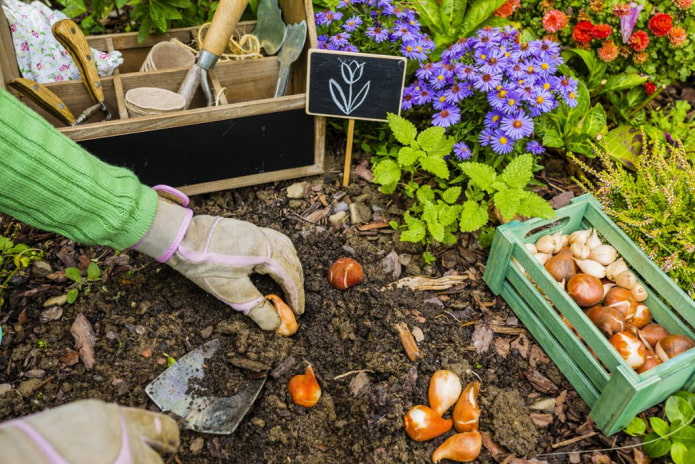
 10 practical tips for arranging a small kitchen in the country
10 practical tips for arranging a small kitchen in the country
 12 simple ideas for a small garden that will make it visually spacious
12 simple ideas for a small garden that will make it visually spacious
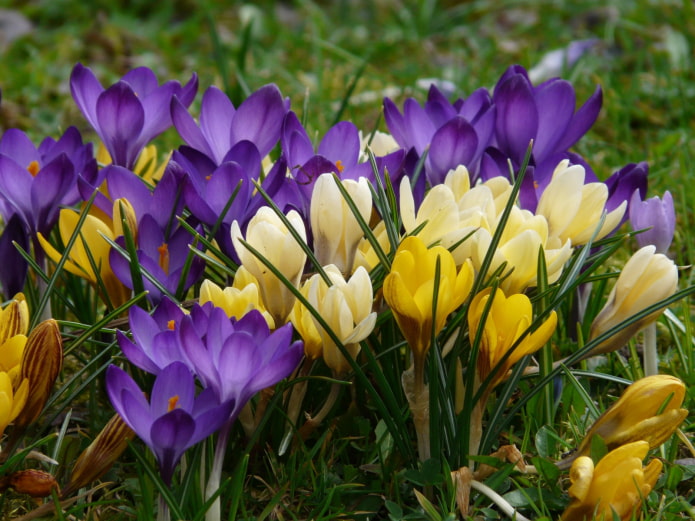
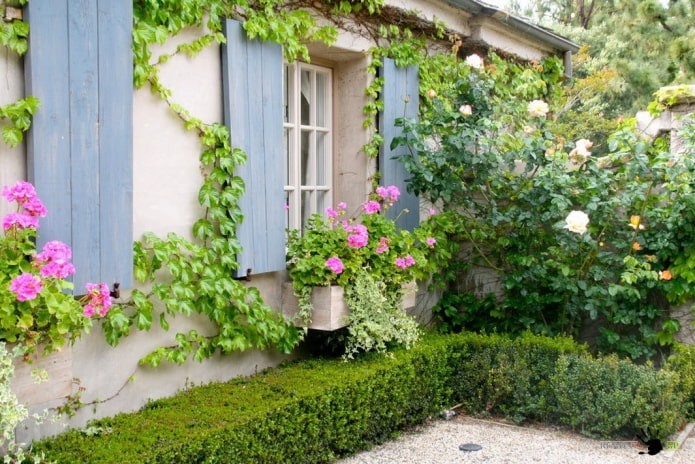
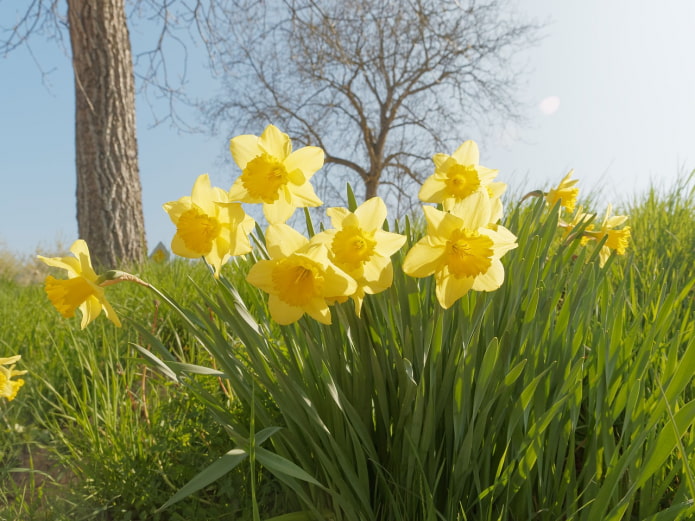
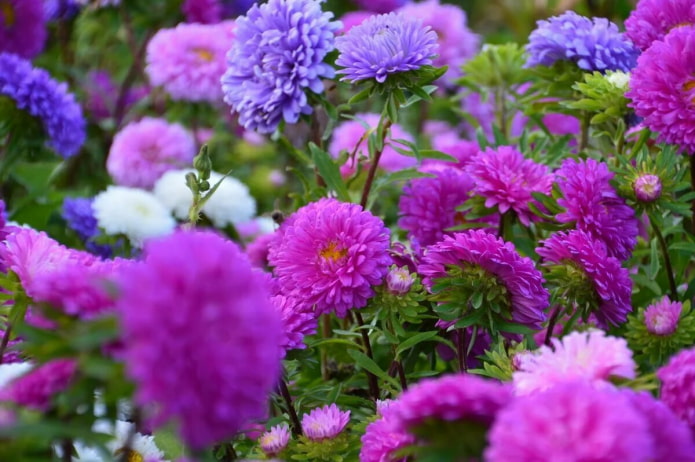
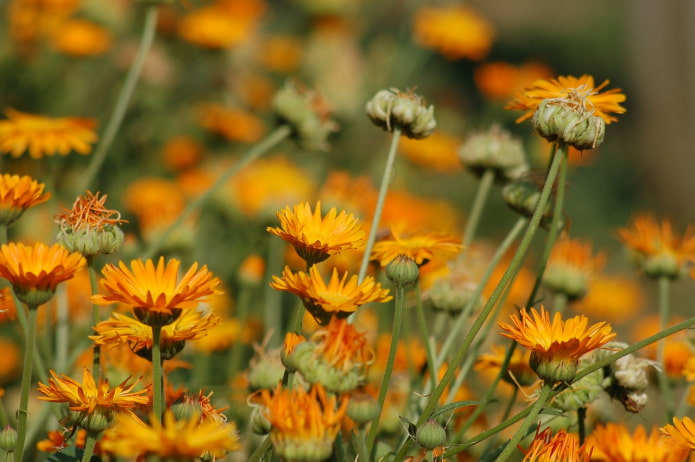

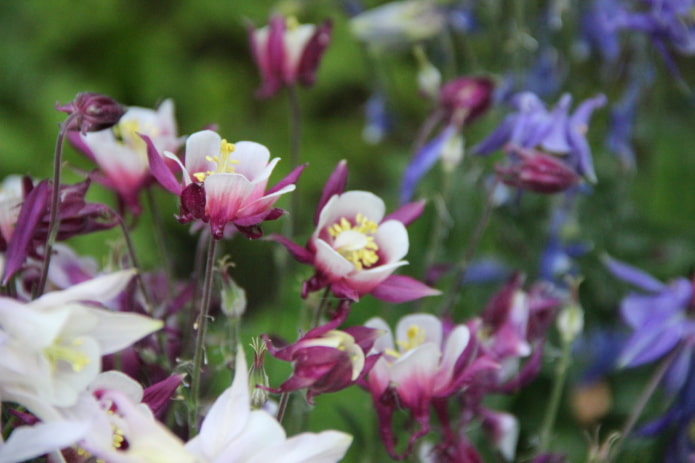

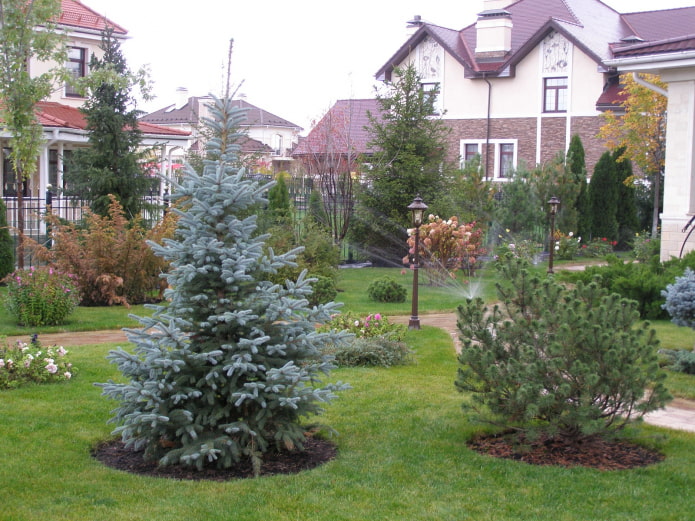
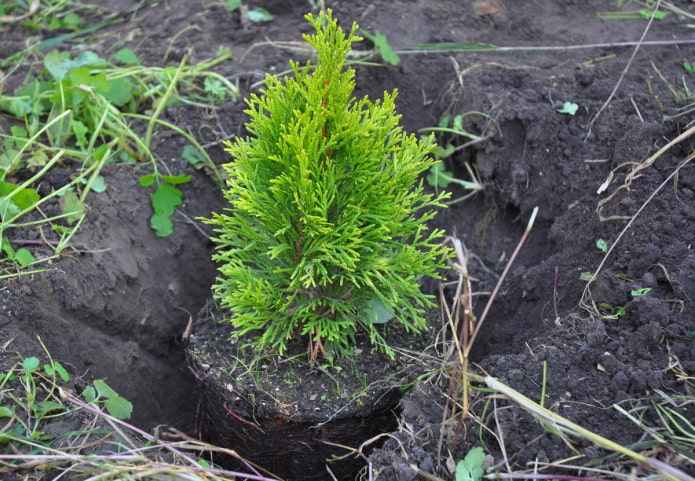

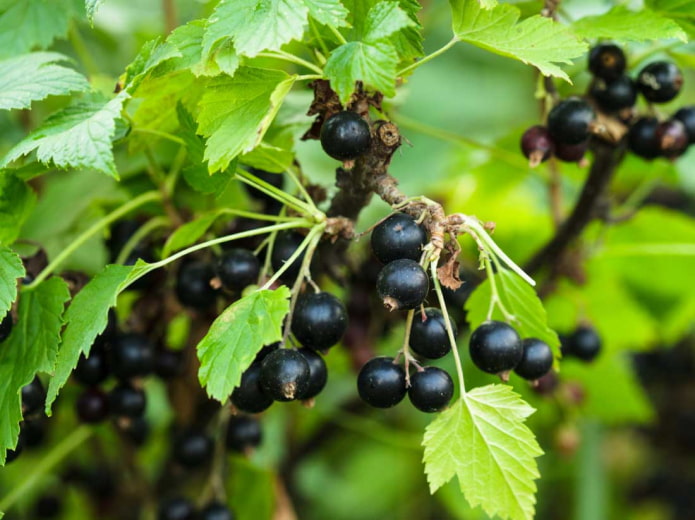
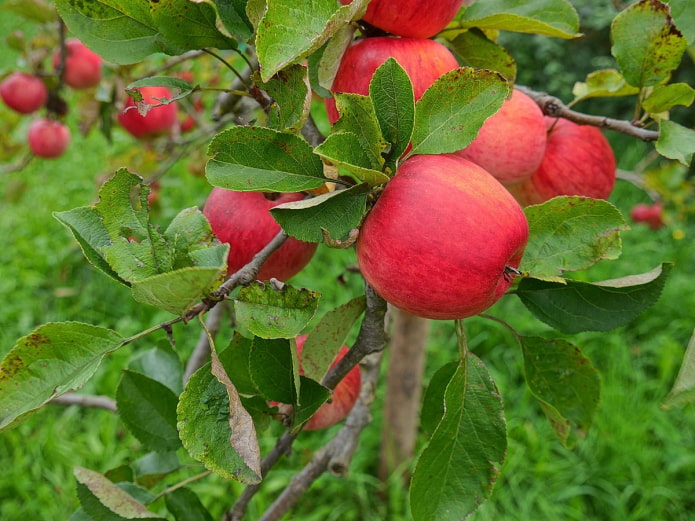
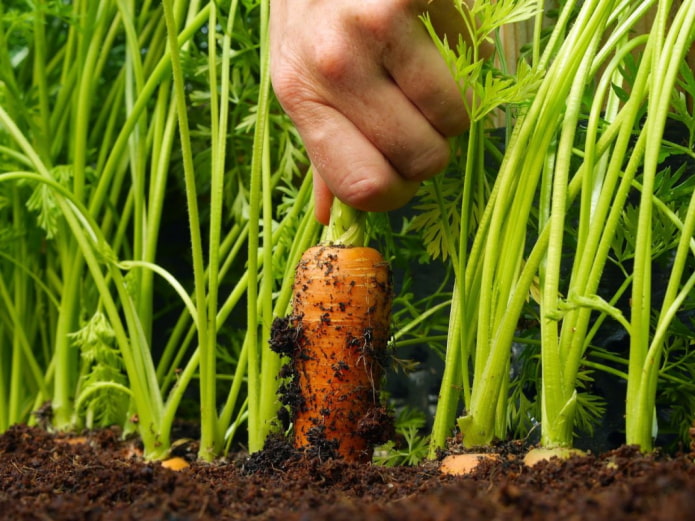

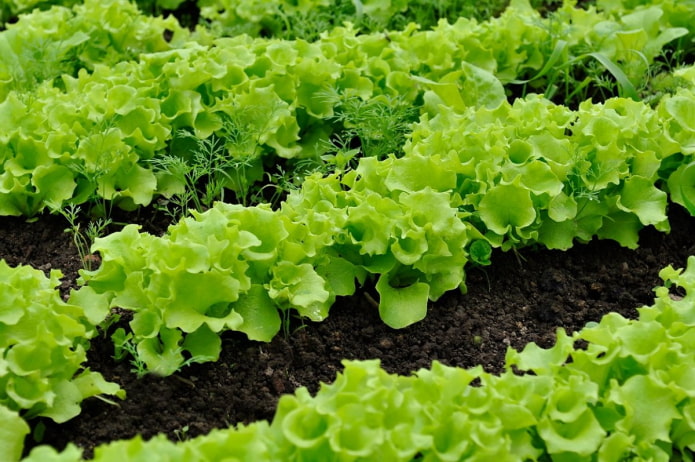
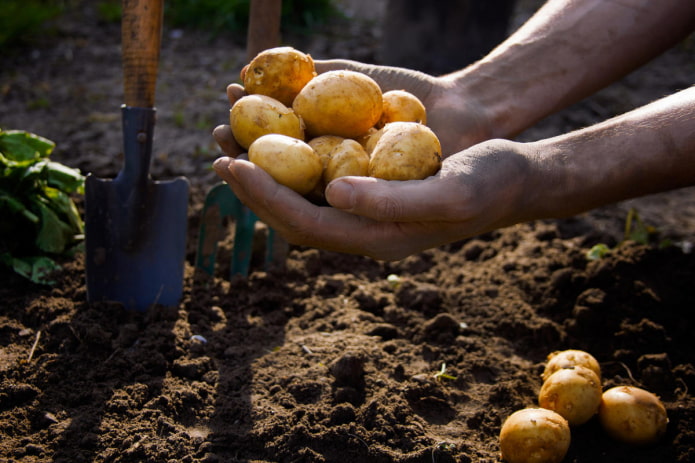
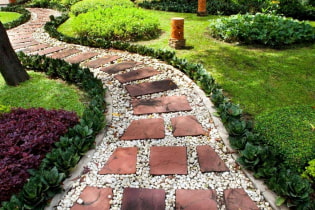 How to decorate garden paths beautifully for a summer residence?
How to decorate garden paths beautifully for a summer residence?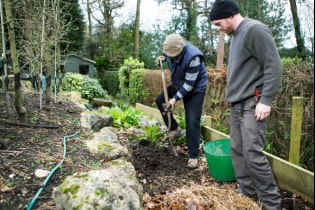 What fertilizers should be used in spring?
What fertilizers should be used in spring? How to use gabions on the site?
How to use gabions on the site?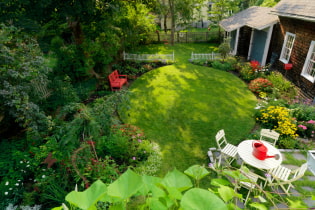 Landscaping of a summer cottage on 6 acres
Landscaping of a summer cottage on 6 acres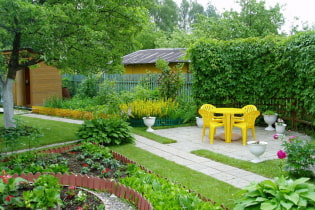 How to arrange the landscape design of a suburban area of 4 ares?
How to arrange the landscape design of a suburban area of 4 ares?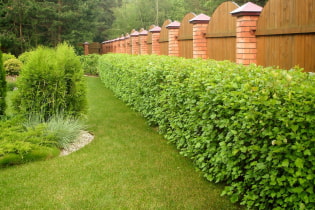 What plants can you make a hedge?
What plants can you make a hedge?